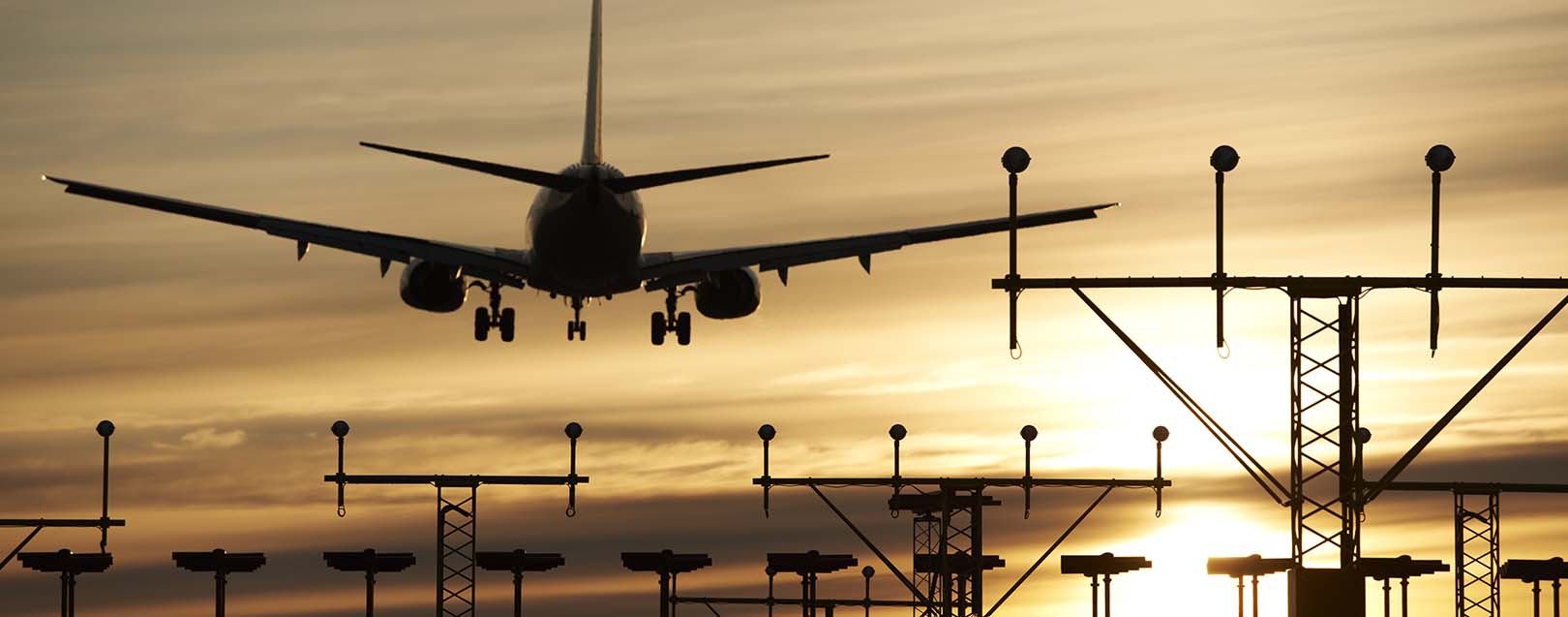
There could be many a slip between the cup and the lip
The “anarchic” 5/20 rule, as the Union Civil Aviation Minister Ashok Gajapathi Raju puts it, has been finally abolished! Though the respite is partial, the new rule in place will definitely enable a few new airlines like Vistara and Air Asia to pursue their international dreams, and really soon! Well, they now call it the “industry-friendly” 0/20.
The earlier 5/20 rule required a domestic carrier to be in operations for at least five years and have a fleet of 20 aircraft, if it wanted to fly international skies. While the new rule scraps the mandate to have five years of domestic operations, it does want an airline to keep aside 20 aircraft or 20% of their total fleet (whichever is higher) for Indian skies if the airline really wishes to fly overseas. This means an airline should always have a minimum of 20 aircraft in its domestic fleet!
Though the industry’s (of course, mostly comprising new airlines) demands have not been fully met, but then they say, “something is always better than nothing!” And then, of course, the government didn’t want India’s major international carriers like Air India, Jet Airways, and SpiceJet just jump into unjust suffering. Not surprisingly, these players were (and still are!) the ones opposing the opening up of international skies for relatively new players. Their contention – if new players are allowed to come in, they have the advantage of access to financial resources since their books are clean. And as such they are at a disadvantage since they have slogged under the old system where their books were not that good.
While the new rule garners both praise and criticism from across the industry, one thing is sure – it definitely has the potential to change the Indian civil aviation landscape marred with issues like inadequate regional connectivity and financial non-performance of players in the scene.
The move will not only strengthen the civil aviation ecosystem further, but will also have a positive impact on several growth factors like affordability, job creation, service, etc. And not to say, a lot of international carriers will now be looking at India as a lucrative investment destination (also considering the fact that the government has recently allowed 100% FDI in civil aviation sector, with FDI up to 49% permitted under automatic route and FDI beyond 49% through government approval).
International operations have always been lucrative for domestic players as long-haul flight means better utilisation of aircraft and, of course, cost benefits in term of cheaper ATF (aviation turbine fuel) that can be picked from abroad. And if there is no restriction, in terms of years of operations in India, many international players like Singapore Airlines (which is a 49% partner in Vistara) with financial muscle would like to benefit from both worlds – international as well as high a potential market like India.
So far so good. But can new Indian carriers (which started operations after 2010) really benefit from the 0/20 rule in short-term? I have my doubts. Except for Vistara, no other airline’s fleet size is even in double-digit. This means it will take them years before they actually start flying overseas.
Even players like Vistara and AirAsia cannot expand their wings so soon as both of them have already exhausted their initial capitalisation, and fast tracking expansion would mean going in for a fresh wave of investment, which looks unlikely soon as none of the two is making money at the moment. And then, there could be many a slip between the cup and the lip. In such a scenario, how soon can these players spread their wings and fly high is something that only time can tell. Fingers crossed!

 to success.
to success.